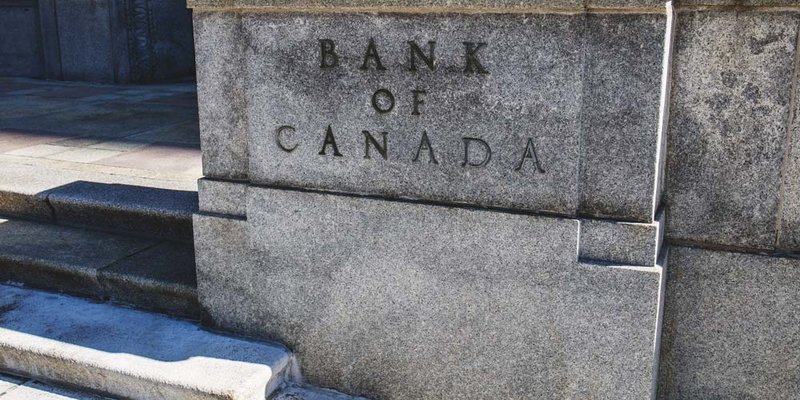
If you are not redirected within 30 seconds, please click here to continue.
Samedi: 10h – 16h HAE

If you are not redirected within 30 seconds, please click here to continue.
If you are not redirected within 30 seconds, please click here to continue.
Bank of Canada Rate Decision: No Change…For Now

Table of Contents
The Bank of Canada has once again decided to stand pat on interest rates. Canada’s central bank delivered its interest rate announcement Wednesday morning, keeping the overnight rate at 1.75% where it’s been for slightly over a year.
Holding interest rates at 1.75% didn’t surprise anyone. Most analysts expected it. But with the U.S. cutting interest rates in recent months—and again today—most now believe it’s a case of when and not if the Bank of Canada will cut its key lending rate. Economists are predicting that the Bank of Canada could cut interest rates by the spring or sooner.
Until recently, the Bank seemed more optimistic than pessimistic on our economy. It has since revised down its economic growth forecasts, expecting growth of just 1.5% this year, followed by 1.7% in 2020 and 1.8% in 2021. Anything below 2% is subpar by most standards.
While Canada’s economy is still performing respectably, the larger issue, as alluded to by the Bank, is the risk of a contagious global slowdown. Bank of Canada Governor Stephen Poloz mentioned it in his speech on Wednesday, saying Canada has not been immune from such effects.
And to that end, conditions are still deteriorating globally. In its latest Monetary Policy Report, the BoC said, “the outlook for the global economy has weakened further,” as compared to its previous report in July.
What’s behind deteriorating growth? Several factors. Take your pick. The biggest headwind is the ongoing trade conflict between the U.S. and China. Another is the negative interest rate spiral that’s sucked so many economies into the whirlpool of low growth.
And most of these factors are beyond Canada’s direct control. That’s something to think about if you’re trying to divine rate direction.
How Do Central Bank Rates Affect Mortgage Rates?
If you have a fixed mortgage rate, BoC interest rate announcements don’t immediately impact you. You won’t have to deal with new rates until your mortgage matures or you refinance early.
Floating-rate mortgages are a different story. Variable mortgage rates are directly tied to Canada’s prime rate, which is influenced by the Bank of Canada’s overnight target rate. When the BoC cuts its key rate, it almost always triggers a drop in the prime rate. That results in lower interest costs for floating-rate mortgages.
Side note: Most big banks (except for TD) currently have a prime rate of 3.95%. Individual lenders set their prime rate based on their own profit objectives. That’s why prime rate doesn’t always move in lockstep with the Bank of Canada. With the last few interest rate cuts, big banks passed along 0.15 percentage points of savings, rather than the full 25 basis points. It will be interesting to see if lenders pass through the full quarter-point during the next interest rate drop.
Similarly, if the Bank of Canada were to raise interest rates, you’d have to pay a higher interest costs and—if you have an “adjustable rate mortgage”—your mortgage payment might go up (“variable-rate mortgages” have a fixed-payment). Since there was no change this month, prime rate remains the same, as should floating mortgage rates.
The bottom line: Following today’s BoC and Fed rate announcements, it remains business as usual for rate shoppers. But if talk of a BoC rate cut intensifies, you can bet that homebuyers and mortgage renewers will factor that into their thinking when choosing between fixed and variable rates.
Get money-saving tips in your inbox.
Stay on top of personal finance tips from our money experts!








